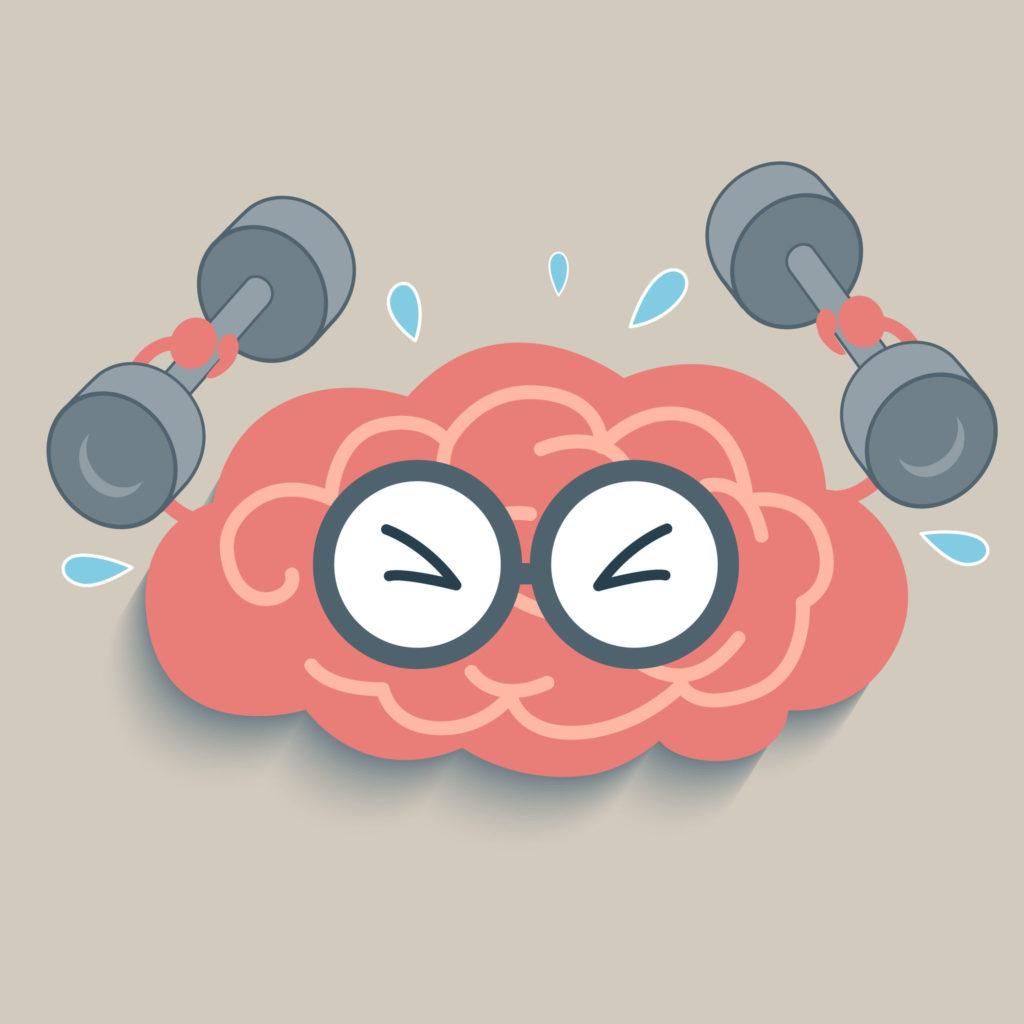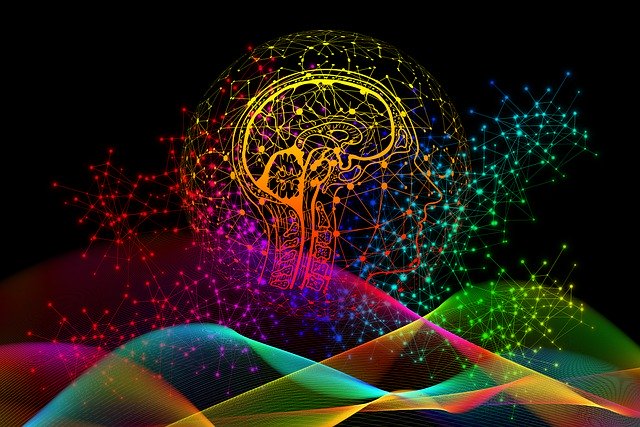
What Type of Exercise is Best for the Brain?
Posted January 3rd, 2024
Exercise is just as good for the brain as it is for the body.
“Back in the day, the majority of exercise studies focused on the parts of the body from the neck down, like the heart and lungs,” says Dr. Ozioma Okonkwo, assistant professor of medicine at the University of Wisconsin School of Medicine and Public Health. “But now we are finding that we need to go north, to the brain, to show the true benefits of a physically active lifestyle on an individual.”
How does exercise work to increase brain function?
“Exercise likely improves brain health through a variety of ways. It makes the heart beat faster, which increases blood flow to the brain – a good thing, since the brain is the biggest consumer of oxygen in the body. Physical activity also increases levels of Brain-Derived Neurotrophic Factor (BDNF), which is also known to help repair and protect brain cells from degeneration as well as help grown new brain cells and neurons,” says Okonkwo.
“Considering exercise can also reduce the risks associated with common lifestyle diseases that impact the brain, such as high blood sugar and hypertension, it is further motivation to try to incorporate exercise as part of a healthy lifestyle,” Says Joe Northey, a PhD candidate at the University of Canberra Research Institute for Sport and Exercise in Australia.
So – Which is the best, aerobic or resistance training?
For now, experts recommend a combination of both aerobic and resistance training. Combining both is ideal for all of the other benefits exercise bestows on the body. In addition to improving your brain function, you should expect to see improvements in cardiorespiratory fitness and muscle strength, as well as reducing the risk of obesity, diabetes and hypertension amongst other diseases.
Brain Facts
- BDNF is increased with exercise. Brain-derived neurotrophic factor (BDNF) is a key protein in regulating maintenance, growth and even survival of neurons. Brain-derived neurotrophic factor also influences learning and memory, and brain tissue from patients with Alzheimer’s disease and clinical depression exhibit low expression of BDNF.
- Researchers found that a combination of aerobic and resistance training, HIIT (High Intensity Interval Training) at 150 minutes per week decreases Alzheimer’s risk 30%. – No medication can even approach that!
- MRI scans of people who exercise regularly show a statistical increase in the hippocampal region of the brain (the memory center).
Brain Health at The Renewal Point
Here at The Renewal Point, we offer high intensity interval training, good not only for the body but also the brain! While Physical Conditioning has always been one of our foundational 4 Cornerstones of Health, we are excited to offer it in-office, in the form of this breakthrough and efficacious fitness model! Designed by Dave Luedeka, MS, DPT and carried out in our office by Matt Jones, ACSM/CPT, the CKC Fitness Program is a state-of-the art strengthening and conditioning program that can help the average person, the injured, and/or the athlete.
To learn more about the groundbreaking program, we encourage you to schedule an appointment, call us at 941-926-4905, or visit our website at TheRenewalPoint.com.
The Renewal Point 4 Cornerstones of Health
1. Hormone Balance 3. Physical Conditioning
2. Nutrition 4. Toxin Elimination
References:
- Fernando Gomez-Pinilla, Charles Hillman. The Influence of Exercise of Cognitive Abilities. Compr. Physiol. 2013 Jan: 3(1): 403-428.
- What Type of Exercise is Best for the Brain? http://time.com/4141790/exercise-brain/.
- Evidence for a release of brain-derived neurotrophic factor from the brain during exercise. DOI: 10.1113/expphysiol.2009.048512.
- Exercise, brain, and cognition across the life span. https://www.ncbi.nlm.nih.gov/pmc/articles/PMC3220305/.




